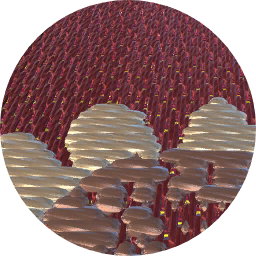Description
Woman's overdress of hand-painted and dyed cotton. In shades of red, blue, green, yellow and brown on a white ground. All-over pattern of delicate, wavy floral stems, interspersed with clusters of flowers and bamboo shoots growing from mounds, and with conventional flower-filled vases. The dress has very short sleeves and is cut low at the neck. The bodice opens down the middle and is secured with cotton-tying strings. The skirt is partly lined with thin white silk. Made for the European market.
Woman's overdress of hand-painted and dyed cotton, Coromandel Coast, ca. 1760-1770
Dress (robe à l’anglaise)
About 1785
Characterised by its close-fitting back, the robe à l’anglaise, or English-style dress, was fashionable across Europe in the 1770s and ’80s. This one is made of vibrantly patterned painted cotton, or chintz, imported from India through the port of Amsterdam. Indian cottons were popular because of their fast and bright colours and the competitive price, which made them available to a wider market.
Dutch Republic, now the Netherlands
Fabric (1760–70): India (Coromandel Coast); cotton, mordant- and resistdyed (chintz)
Stamped with the mark of the Dutch East India Company
Replica petticoat: cotton
Given by Mrs Raphael Nahon
[09/12/2015]


















































